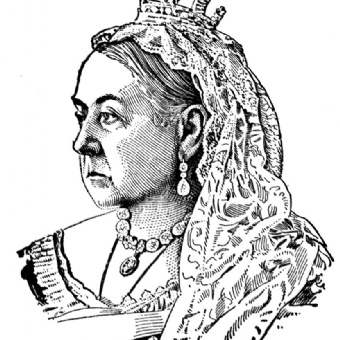Term 3 Week 3

What we are learning in Lilac Class for the week beginning 22.1.24
What we are doing this week in Lilac Class for the week beginning 22.1.24
For Maths this week in Lilac Class, we are using place value counters on place value charts to model the structure of the formal method. We will also be multiplying a 2-digit number by a 2-digit number using the area model. We are using this method before the formal written method, building on our knowledge of arrays. When multiplying a 2-digit number by a 2-digit number we are finding out why there is a zero in the ones column and where we need to put the exchanged ones and tens. Lilac Class are then extending on this by learning to multiply a 3-digit number by a 2-digit number, thinking about where to put the exchanged ones, tens or hundreds.
In English this week in Lilac Class, we are continuing with the drafting of our viewpoint narrative. This piece of extended writing is based on the first chapter of Berlie Doherty’s Street Child entitled ‘The Shilling Pie’. This week we are using our plans and brilliant vocabulary that we created during our brainstorming session as a basis for our narrative, written from the viewpoint of the main character, Jim Jarvis. We will also be writing a passage of dialogue and using direct speech.
For Whole Class Guided Reading Lilac Class are reading Chapter 3 ‘Rosie and Judd’ from Berlie Doherty’s Street Child. We will be developing our inference skills, finding evidence from the text that Emily and Lizzie are concerned about going to the workhouse. We will also be analysing phrases and thinking about what they mean. For example, ‘There’s no work left in you, Annie Jarvis.’
In RE, we are investigating what key words we could use to explain how a Hebrew would feel and experience. This is an activity to consolidate our work about the meaning of our key vocabulary – persecute, oppression, justice, injustice, freedom and salvation.
For Time and Place, we are considering and identifying the positive and negative effects of the Industrial Revolution on the population of Great Britain and how people’s lives were either changed for the better or for the worst. We are going to be thinking about ‘historical bias’ – some statements about the industrial Revolution on the population could be both negative or positive depending on a historian’s point of view. For Science in Lilac Class, we are designing an experiment to find out which material is the best insulator: foil, wool, cling film or newspaper. This week we are writing our hypothesis based on our knowledge of insulation and materials and their properties. We will then conduct our experiment recording and examining our results.
In Design and the Arts we are continuing with our Victorian samplers using thread and binka. We will be learning to use a variety of stiches with different coloured thread. We are basing these on our plans.
